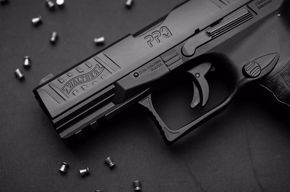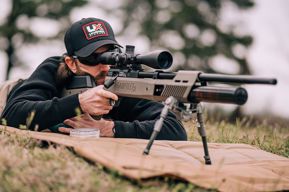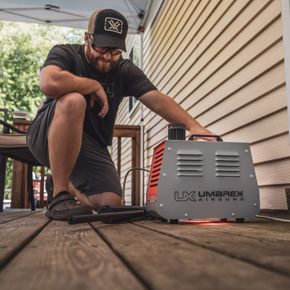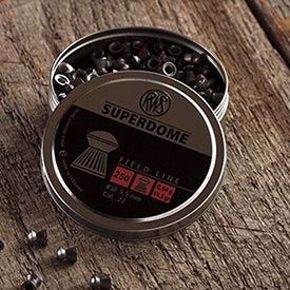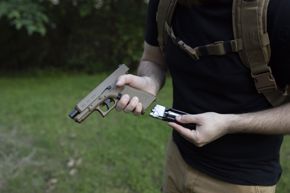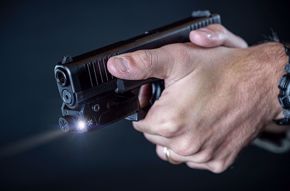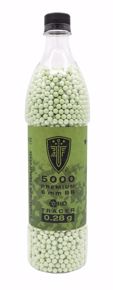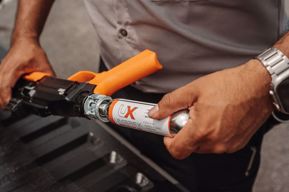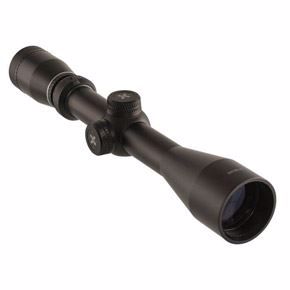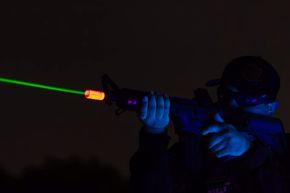.22 Pellets, .22 LR, .30 Pellets– Which one do you choose?
Forgive me for coming up with such a creative title. Sometimes you just can’t church it up and you are left with being boring and succinct. As succinctly as possible, it would appear that the topic of this blog will deal with comparing PCP air rifles to each other and then, those rifles to the common .22LR rimfire caliber. If you have gathered that much, thank you.
One thing we hear when we go to trade shows and an attendee is looking at an air rifle and asks, “How fast does this shoot?”
This question, while welcome, isn’t the right question. When we answer the question directly and get a response that sounds something like, “Well, that’s as fast as a .22!”.
While it’s certainly possible to shoot a .177 caliber or .22 caliber pellet faster than the speed of sound, you will likely find these two immutable conclusions: 1. The shot was not exactly accurate. 2. The pellet didn’t carry as much power downrange when compared to the .22LR.
Twenty-Two Pellet Muzzle Energy
Muzzle energy is a function of mass and velocity. Let’s dig into this with our .22 caliber Gauntlet 2 PCP. These days more consumers are reaching for .22 caliber air rifles. In fact, they are reaching for .25 and .30 caliber air rifles as they go down the airgun rabbit trail. I like .22 caliber air rifles. They do great for small game hunting, perfect for plinking, even shooting out to modest distances. The .22 caliber is the perfect fit, especially if you fall into the “one caliber” mindset.
With a 14.89 grain pellet, the Gauntlet will create around 45 ft-lbs of energy at the muzzle. As stated above this is plenty of power for taking care of small game, even out 75-85 yards.
Thirty Caliber Pellet Muzzle Energy
But what if you want to go big and get a .30 caliber? The Gauntlet 30 has been our go-to .30 caliber for a few years now and it’s obviously struck a chord with our fans. The biggest reason for this is the power and accuracy the big .30 caliber pellet offers. So how much power are we talking about?
The Gauntlet 30 loves 45 grain pellets and those pellets will make about 98 ft-lbs of energy at the muzzle. This is more than twice the power of the Gauntlet 2 in .22. The Gauntlet in .30 caliber is at home on the 100 yard range and can be used on larger game out at that distance like coyotes and smaller wild hogs.
Twenty-Two Long Rifle Muzzle Energy
Both .22 and .30 caliber air rifles can produce respectable power and be accurate out to modest distances. So how do they stack up against the .22 long rifle that is so widely known and loved?
As it turns out, with standard velocity ammo, that is exiting the muzzle around 1,050 FPS, a .22 LR bullet is making right at 98 ft-lbs of energy. That number sounds familiar, or at least it should. To recap, the .22 pellet above was making about 45 ft-lbs of energy and the .30 caliber pellet made around 98 ft-lbs of energy. What this means is that, yes, a .30 caliber pellet does make as much energy as a standard velocity .22 rifle.
Keep in mind that I am discussing un-tuned rifles shooting under factory conditions with common projectiles. Tuned air rifles can be optimized for heavier projectiles, even airgun slugs and can certainly exceed what I referenced. By the same token, there is such a thing as high-velocity .22 long rifle ammo which can produce around 25-30% more energy at the muzzle than standard velocity ammo.
Long range .22 LR shooters will gravitate towards standard or subsonic .22 ammo because it tends to be more accurate at distance since the projectile never goes through a transonic period during flight. Speaking of transonic flight, generally, pellets don’t have to worry about this. This is one reason why PCP pellet rifles tend to be extremely accurate.
Power is important, but accuracy is a crucial factor in determining overall usefulness of a rifle. If it’s not accurate, it doesn’t matter if the projectile is moving fast or slow. Hitting your mark does matter.
So whether you are still burning .22 caliber powder, sending.22 caliber pellets down the barrel with clean air, we hope you hit what you are aiming at! Happy shooting, y’all.
Mark Davis, avid outdoorsman, family man, and outdoors writer is the eCommerce Marketing Manager for Umarex USA.

